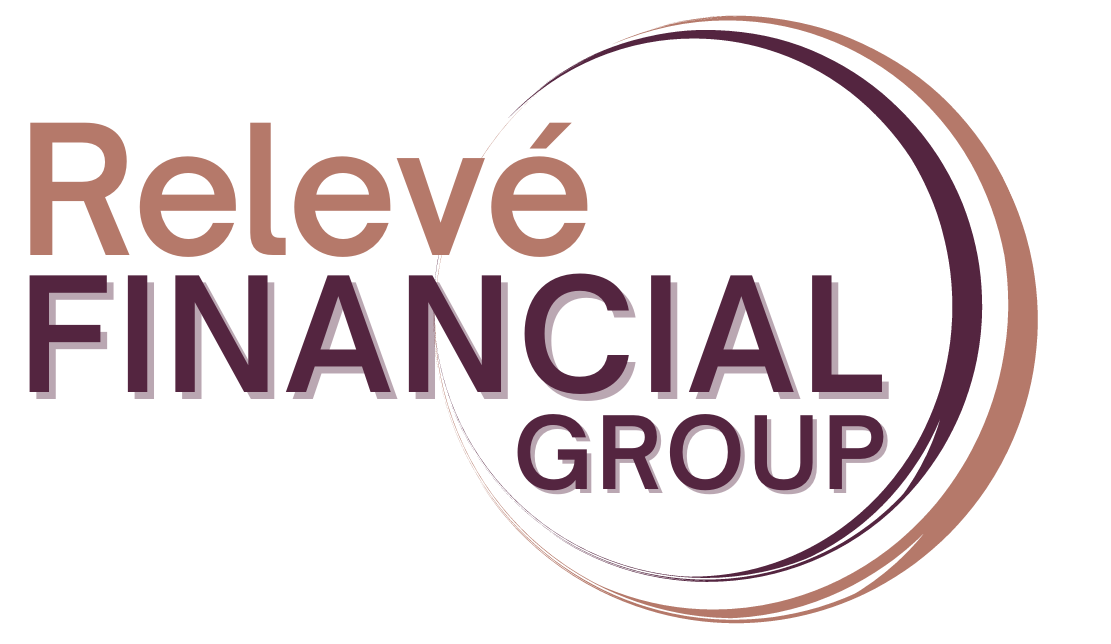All data and commentary as of March 5, 2024.
Since the beginning of 2022, the Federal Reserve has been at center stage among the investment community. It has been near impossible to tune into any financial news network without hearing about Jerome Powell or expectations around changes to interest rates. But what exactly is “the Fed” and how do they impact our economy and markets?
The Federal Reserve has been around for over 100 years, and was created after several bank defaults and business bankruptcies in the early 1900s had financial markets rattled. In response, Woodrow Wilson signed the Federal Reserve Act into law in 1913 – establishing what we now call the Federal Reserve with the goal of helping to ensure financial stability and reestablish investor’s faith in the integrity of US capital markets.
As the central bank of the United States, the Fed is the most powerful financial institution in the country composed of a seven-member board, the Federal Open Market Committee (FOMC), and 12 regional reserve banks. Although the Fed is a public entity, it wields an uncommon level of independence from government oversight. No Fed decisions need to be ratified by the President or government officials, although they are subject to congressional oversight and must follow the established monetary and fiscal frameworks of national policy objectives. This independence is crucial to allow the Fed to make objective monetary decisions without the additional noise of political lobbying or coercion from key elected officials.
Since its inception, the Federal Reserve has operated with two primary mandates – achieving stable prices across markets and maximum sustainable employment. In practice, they work toward these goals using a select few tools at their disposal:
1. Manipulating short-term interest rates
Perhaps the most well-known tool in the Fed’s arsenal is raising or lowering short term interest rates directly. When investors talk about the Fed hiking or cutting rates, the rate that is being referred to is the “Federal Funds Rate” which controls the interest that banks charge to lend each other overnight reserves as needed. This has a domino effect on various aspects of consumers’ lives, impacting everything from CD and money market fund yields to interest rates on credit cards and mortgages. When inflation is rampant and the economy is running hot (the situation we have been in since 2022), the Fed is called to raise interest rates in an effort to cool the economy and cut consumer and business spending to maintain price stability. A high interest rate environment means more expensive credit cards and loans for consumers and businesses, but much higher yields on CDs and money market funds as consumers are encouraged to save rather than spend. In contrast, a Federal Reserve overseeing a market that is in an economic downturn will often cut interest rates to encourage more consumer spending and boost the economy (like we saw after 2008).
2. Participating in open market operations
The Federal Reserve can impact interest rates indirectly by buying or selling bonds in the open market, which helps manage supply/demand dynamics. When the Fed buys bonds, it is effectively increasing the supply of money by paying cash for those investments which is then added to the total money supply for the general public. This activity also pushes up the price of bonds in the open market, which also puts downward pressure on interest rates as a result. Selling bonds has the opposite effect, as the Fed is taking cash out of the money supply by exchanging US dollars for bonds – which will also decrease the price of bonds and put upward pressure on rates.
3. Tweaking bank reserve requirements
The Fed can also impact the economy by raising or lowering the reserve requirements for banks, which determines how much cash banks must hold relative to their cumulative deposits from customers. Increasing the reserve requirements leaves financial institutions with less cash available to lend out, which can help slow the economy. When reserve requirements are lowered, banks can lend more easily and the economy is boosted as a result.
The economy is in a constant cycle of ebbs and flows, and the Fed has a deceptively difficult job managing our country’s monetary policy. However, this institution is crucial to maintaining faith and integrity in our economy and a working system for financial and labor markets. If you have any questions about the Fed or interest rate dynamics, we would be happy to discuss this topic further in your next meeting with us.

Jake Fromm | Lead Investment Analyst, CFS® | It is our mission to help you think differently about your wealth so you can LIVE WELLthy™ today and tomorrow.
